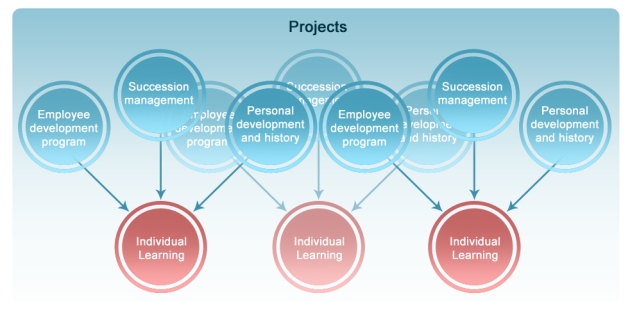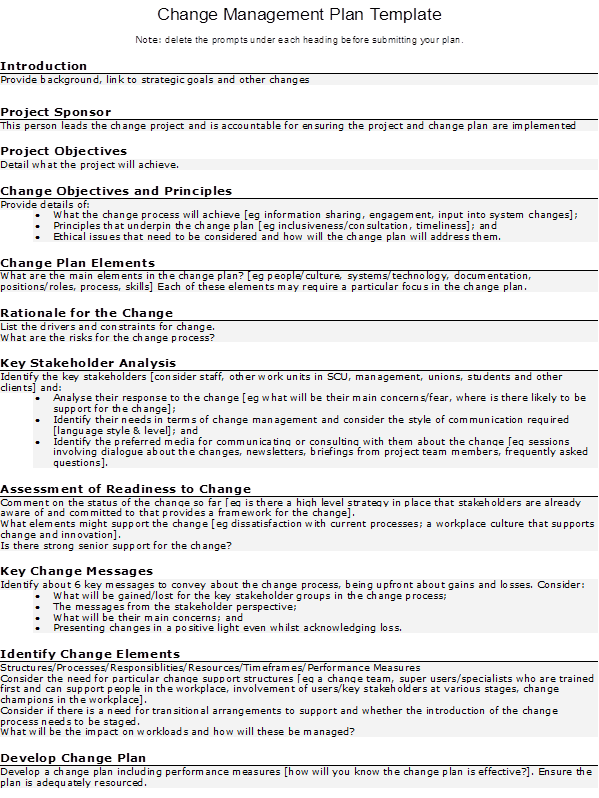Maybe each human being lives in a unique world, a private world different from those inhabited and experienced by all other humans… If reality differs from person to person, can we speak of reality singular, or shouldn’t we really be talking about plural realities? And if there are plural realities, are some more true (more real) than others? What about the world of a schizophrenic? Maybe it’s as real as our world. Maybe we cannot say that we are in touch with reality and he is not, but should instead say, His reality is so different from ours that he can’t explain his to us, and we can’t explain ours to him. The problem, then, is that if subjective worlds are experienced too differently, there occurs a breakdown in communication … and there is the real illness.”
I read the above quote by Philip K. Dick and it reinforced how relevant perception is to change management and the importance of what we say and allow others to say.
This was first highlighted to me when I was working with IBM on the Mercedes-Benz South Africa business transformation project. In the early part of the project we spent considerable time collecting data, the bulk of which was qualitative. I asked the seasoned project manager on what basis we could rely on qualitative data to make far-reaching recommendations. His reply was: if enough people repeat something to be true, then it is true, irrespective of the facts. In other words, perception is reality.
The primary agenda of any change management program is to deliver a change in behaviour. This is equally true for very large programs such as national “Don’t Drink and Drive” campaigns to small localised programs, internal to a business, such as how to code an invoice properly. In all cases people only change when they perceive the need to change, and it is the change manager’s role to socialise a message that will create this perception at the individual level and within the crowd.
It is not difficult to determine the view of the crowd as people will readily repeat what they perceive to be a commonly held truth. It is considerably more difficult to reliably determine how an individual perceives the world as their views are coloured by an unlimited range of personal circumstances to which the change manager is not privy. Consequently, it is a waste of time to try and change an individual’s foundation perceptions.
Rather the change manager should focus on managing how individuals express their perception of the work environment and the changes within it.
The importance of managing perception is represented by the dip in the graphic.
Every business transformation project shakes up the organisation. People become uncertain and routines are disrupted. This will cause organisational performance to decline, as represented by the dip, before targeted improvements are realised. As people become disrupted they lash out in their language.
Statements such as “nothing works here” or “management are idiots” or “why bother, nobody cares” become increasingly common and indicate a low level of engagement. The less engaged a person is, the more they will resort to using sweeping statements instead of taking the time to consider what is truly bothering them before they speak. These types of statement only serve to widen and deepen the gap and make the change program appear more confronting than it actually is.
Without intervention, and without a message to the opposite, there is a real danger that the sweeping statements of an individual become the view of the crowd. It must be true if everybody is saying it. Consider a new hire stepping into that environment. What else could they realistically believe?
The change manager cannot change how a person feels. However, the change manager can change the way people express themselves.
Instead of condoning or ignoring sweeping statements such as “this software is useless” ask staff to be specific with their complaints. Persist until they come up with a specific concern like “I can’t print a copy invoice.” That is the real problem. Encouraging individuals to replace sweeping statements with specific statements will cause them to actively think about and engage with the issue. When people speak differently they allow themselves to think differently and they start to perceive the world differently. This tends to reduce emotion and exaggeration. In addition, when people know that they will be called out on a broad generalisation, they tend to become more circumspect in what they say. Eventually they may even behave differently.
From a change management point of view, it is far better for staff to know that they cannot print a copy invoice than to believe the software is completely useless. Then, when they are complaining to other staff, they will be accurate and specific, not vague and inaccurate. The crowd becomes infected with the truth, which is, in this case, that you can’t print a copy invoice, rather than by broad inaccuracies about perceived deficiencies in the software.
Only when a person changes the way they express themselves, will they really be able to change the way they perceive their work environment, and subsequently change the way they present themselves in the work environment. Occasionally you will hear that someone has had a real change of attitude. What this really means is that their language has changed, from negative to positive. When people say positive things their colleagues will respond positively.
The same can apply to the group, but to achieve it the change manager needs to introduce a common vocabulary, a company lexicon. It will promote an environment where individuals use the same words for the same things. That way everybody knows what is meant when statements are made. Conversations should get shorter and the disquiet caused by miscommunication should be reduced. Introducing a common vocabulary is exceptionally difficult. It requires that the change manager has the vocabulary to start with and a mindset that realises that change management is not just about training people in a technical skill.
I recognise, that despite the change manager’s best efforts, it is impossible to get everyone in an entire organisation to change the way they speak. The best mitigation is to introduce scorecards. Using a scorecard moves the conversation from subjective perceptions about what happened to factual data. It should cause the conversation to start with a discussion on actual business results rather than a particular person’s behaviour, or more importantly, the manager’s perception of the employee’s behaviour.
I close with the thought that trying to manage perception is similar to standing in a hall between two mirrors. Each mirror reflects the other and this continues until each mirror appears to have an infinite number of reflections in it. These reflections represent the perceptions two people could have of each other. To know which two “perceptions” are active in the conversation is impossible.














